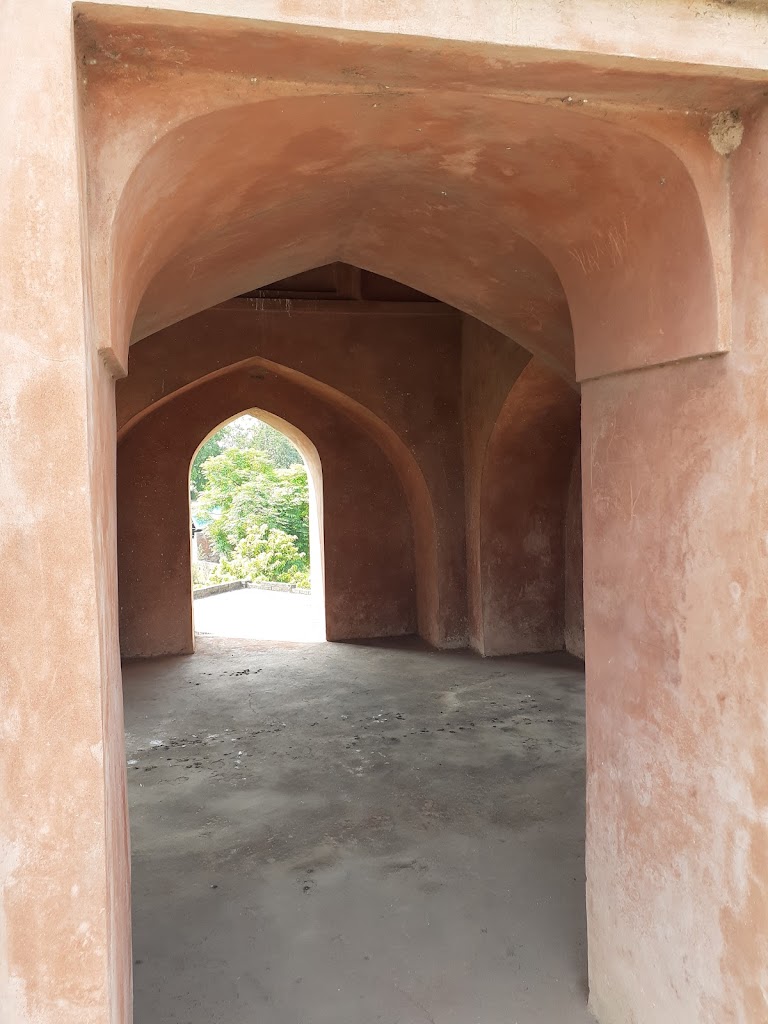.jpeg)
.jpeg)
.jpg)

Nestled along the ancient and iconic Grand Trunk Road, Sarai Shambhu was one of the many caravanserais constructed during the visionary reign of Sher Shah Suri in the 16th century. This historical sarai once provided vital shelter to travelers journeying between the bustling cities of Lahore and Delhi, offering them respite and comfort amidst their long, arduous travels. Sher Shah Suri, known for his profound attention to infrastructure, transformed the face of medieval India by building a network of roads and highways that stretched across the empire. His most celebrated achievement was the construction of the Grand Trunk Road, a vast arterial route linking the farthest reaches of his empire. This road connected the Imperial Capital to strategic cities, weaving through landscapes and ensuring efficient communication and transport. Along these roads, Sher Shah Suri established serais at regular intervals—oases of hospitality where travelers could rest, pray, and replenish. Sarai Shambhu follows the typical Mughal architectural style, with a large rectangular courtyard surrounded by rooms and verandahs. The sarai’s walls, made of brick and mortar, still retain the majesty of their original design, though time has eroded much of the finer details. The fortified walls, which once protected travelers from external threats, are punctuated by corner bastions. Its grand entrance gate, though worn, continues to impress with its scale and the remnants of intricate carvings and design. The central courtyard, an integral feature of Mughal sarais, was once a bustling hub where merchants traded, travelers rested, and soldiers regrouped. Within the courtyard, traces of a mosque and a well can still be found, offering a glimpse into the daily life of those who once passed through the sarai. Sarai Shambhu stands as a proud remnant of this legacy, embodying the ruler’s commitment to the well-being of his people. Each sarai, including this one, was equipped with a well for water, a mosque for spiritual solace, and a garden to provide tranquility and shade. These caravanserais were not mere shelters, but hubs of rest and rejuvenation, offering comfort to traders, pilgrims, soldiers, and officials alike. Today, Sarai Shambhu offers visitors a chance to step back in time, to a period where empires rose, roads connected lands, and hospitality was a testament to a ruler's vision. Though centuries have passed, the echoes of Sher Shah’s remarkable foresight still resonate within the worn walls of this magnificent sarai.